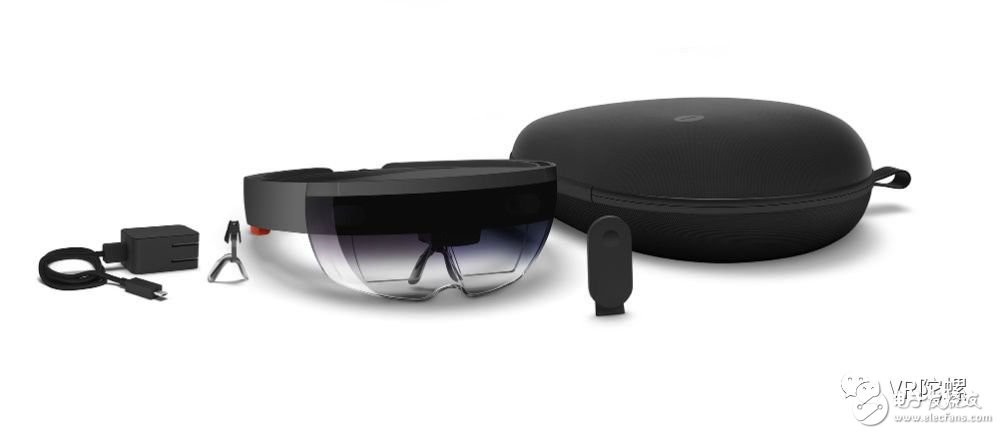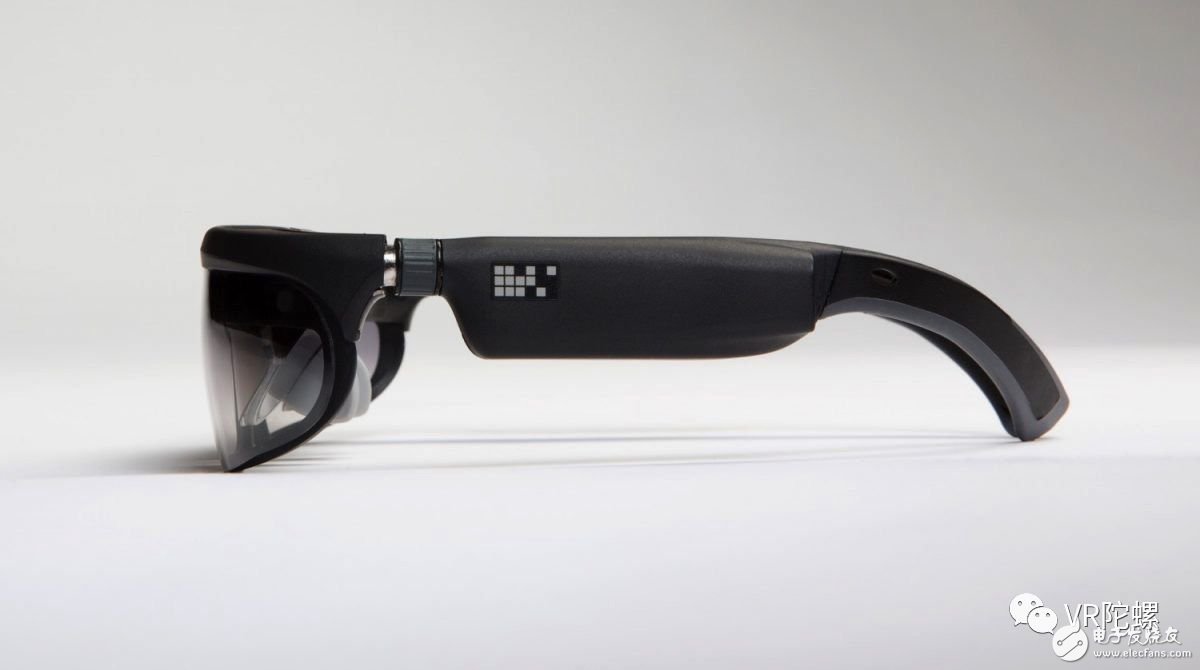In 2017, Google and Apple laid a solid foundation for AR's greater ambitions, but it is still unknown when attractive AR glasses will arrive.
This year, hundreds of millions of iPhones and Android phones will be updated to provide a high quality AR experience based on ARCore and ARKit. The AR sticker on the Pixel phone adds interesting robots and storms to photos and videos, while Apple also implemented Animoji with face tracking technology on the iPhone X.
However, there is still a considerable technical gap between presenting a fascinating AR experience on a mobile phone screen and directly feeling the AR with both eyes. Magic Leap will launch its first AR glasses product in 2018, and Microsoft is likely to launch the next generation of HoloLens in 2019. Due to the high price ($3,000), HoloLens can only be used in very limited scenarios, such as corporate training.

The limited field of view, high cost, and the sheer size of the hardware itself have left the AR experience in the mainstream market. The AR assistants we have everywhere can still be a few years away. Perhaps we already have some AR head-up products, such as ODG and Meta, but these products are still very expensive, and the system is not suitable for ordinary consumers.

"The angle of view, the quality of the screen itself, is not enough to meet the standard," Apple CEO Cook said when talking about AR last year.
In an interview with reporters, Cook said, "I am sure that the technology to build high-quality AR glasses does not exist yet. The necessary display technology and the technology that can put enough information in front of your face, Both face enormous challenges."
Magic Leap's products look very steampunk and huge, even if the product has a split design. Rony Abovitz, founder and CEO of the company, has raised nearly $2 billion for the company since 2013, including a huge investment from Google.
But even if Magic Leap really delivers the product as scheduled in 2018, it's not perfect.
“It took me a few minutes to hold a credit card in front of me and use the other hand to try to figure out how big the invisible frame is. But this credit card is really too small,†said reporter Brian Crecente. Describe the angle of view of the Magic Leap One. "I can only do this in the end: the angle of viewing is almost the size of the video's occlusion when I hold the VHS video in front of it. It is much larger than the HoloLens's field of view, but it doesn't make people satisfaction."
Therefore, if Magic Leap's first product is not perfect, and Microsoft will not announce the second generation product until 2019, where will the AR industry go in 2018? This year, the excitement surrounding AR will of course heat up, but at present it seems that most people still only feel AR through the screen of the mobile phone.
We also face a lot of technical difficulties in AR, including how to reduce the size of AR glasses, how to maximize processor performance and extend battery life. At the same time, the effect of obscuring distant things, such as the use of close-up things, is still lacking in current mobile AR. We are currently able to stand next to a storm soldier, but the Pixel phone does not recognize if you are walking in front of him. This is necessary to provide a better AR experience.
Magic Leap's products were even set at the outset to be able to be used indoors. There are also huge technical problems with the smooth use of the AR head in any corner of the real world.
VR's 2018 began with the enthusiasm of the all-in-one, such as the $200 Oculus Go and a myriad of wireless solutions. Recently, a Russian player who died from VR has shown that both VR and AR need to understand the indoor and outdoor environment. We must increase the safety and usability of the equipment.
In 2018, tens of millions of people will be exposed to VR and AR, but for now, only VR may reach tens of millions of units.
Fire Resistant Sleeve,Fireproof Sleeves,Fire Resistant Hose Sleeve,Fire Proof Sleeve
Longkou Libo Insulating Material Co.,Ltd. , https://www.liboinsulation.com